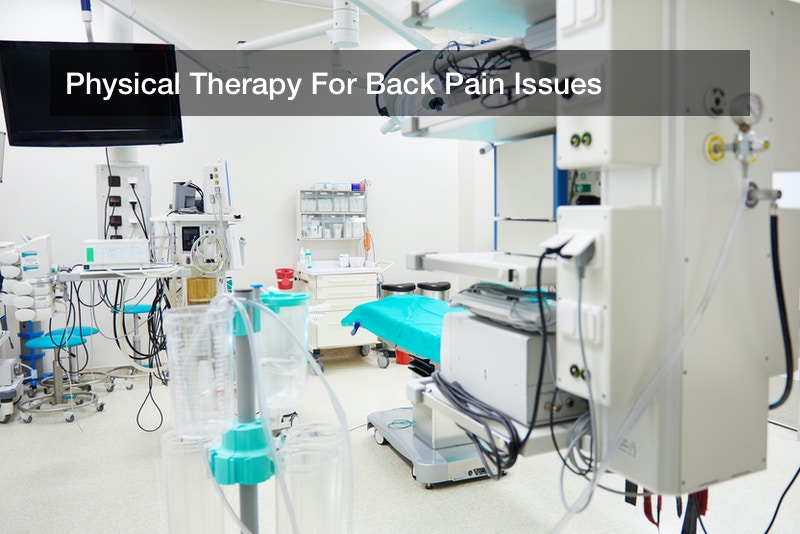
The human skeleton is unique in the animal kingdom, as it is designed for a lifetime of walking upright on two legs rather than four. It features an S-shaped spine, upright pelvis bones, long leg bones, and arched feet, setting us apart from even our closest primate relatives. This is the result of millions of years of evolution, when our early ancestors started running and hunting game rather than live in trees. This gave early human advantages, but walking upright does take a toll on the body, even today. Many people around the globe suffer from back pain and spinal issues, and the most serious back injury cases will call for surgery. But the good news is that for most back pain and spine pain cases, physical therapy tools such as handheld algometers or manual muscle testing devices in hospitals can help a patient recover without any invasive surgery. Other patients can visit chiropractors, who can use physical therapy tools such as simple chiropractic adjusting tools, or even consult a yoga expert.
Americans and Back Pain Statistics
Many studies and surveys are done every year to track the current state of American public health, and that certainly includes back pain and spinal issues, among others. The numbers show that at any given time, around 31 million people are experiencing chronic back pain, and back pain symptoms affect one in three women and one in four men. In fact, 50% of all working Americans admit to having back pain symptoms every year, and experts say that around 80% of the population will experience back pain symptoms at some point in their lives.
As for common causes of back pain, a number have been identified. Some surveyed Americans blame ongoing stress for their back pain, and pregnant women may experience spinal distress, too. Suffering a sports injury or getting into a car accident can certainly stress and harm the spine and related muscles, and working hard manual labor jobs (such as construction) can have a similar effect. Also, simple old age can cause back pain, since walking upright for many years means the person’s spine will collapse on itself and even bend forward. This may pinch nerves, strain muscles, and inflame the joints while also reducing mobility. Anyone who experiences back pain for these or similar reasons is urged to get medical attention, which can often be non invasive with the help of physical therapy tools and rehab tools at hospitals.
Recovering From Pain and Joint Issues
Only the most serious cases call for surgery. How might non invasive physical therapy be done for a back back or a distressed spine? Many hospital patients, such as those who suffered a sports injury or similar trauma, can undergo therapy to recover, such as performing guided stretches, exercises, and other activities to regain their strength, balance, and coordination. This process can be measured with rehab tools and systems such as motion capture cameras, which can record a patient’s movements and present them as data on a computer for the therapist to consult. That, and therapists can also use muscle strength testing devices, which use non invasive pressure to measure how much resistance a muscle can provide. The patient may also stretch out elastic cords and bands to measure their strength, pain threshold, and degree of movement.
Meanwhile, those who suffer back pain or spinal issues can visit their doctor, and in fact, this is the second most common reason why Americans see their doctor, behind upper respiratory issues. A doctor may listen to their patient, then refer them to a local chiropractor and/or yoga expert. A chiropractor is a specialized doctor who can use basic chiropractic adjusting tools and even their bare hands to readjust a patient’s bones and muscles. With these physical therapy tools, a chiropractor can relieve pressure on a patient’s bones, joints, and nerves, clearing up pain while also restoring the patient’s flexibility and degrees of motion. It is believed that every business day across the U.S., one million chiropractic adjustments like this are made. And if a patient so desires, they can also visit a yoga studio and sign up for private sessions. Bends, stretches, and poses can help loosen joints and clear up pain.
